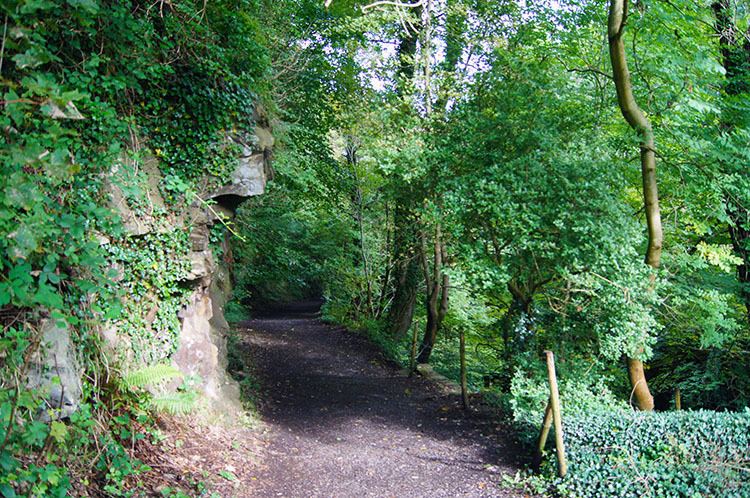Population (2001 census) Sovereign state United Kingdom Local time Thursday 10:43 PM | OS grid reference SN905075 Country Wales Post town NEATH Dialling code 01639 UK parliament constituency Brecon and Radnorshire | |
 | ||
Weather 6°C, Wind NE at 32 km/h, 74% Humidity | ||
Canyoning june 2013 liquidfriction adventure pontneddfechan
Pontneddfechan, spelt Pontneathvaughan (pronounced /pɔntˌniðˈvɔːn/) in English ("bridge over the Little Neath" in Welsh) is the southernmost village in the county of Brecknockshire, Wales, within the Vale of Neath. It is also the southernmost village in the unitary authority of Powys.
Contents
- Canyoning june 2013 liquidfriction adventure pontneddfechan
- Map of Pontneddfechan Neath UK
- Gorge scrambling in wales 21st june 2013 pontneddfechan waterfalls
- History
- References
Map of Pontneddfechan, Neath, UK
The village stands at the confluence of the Rivers Mellte and Nedd Fechan ("Neath Vaughan") and provides access points to the series of waterfalls that characterise the upper Neath valley. Dinas Rock, a steeply pitched anticline in the limestone rocks at Craig-y-Dinas, is a favourite spot for rock-climbers.
Gorge scrambling in wales 21st june 2013 pontneddfechan waterfalls
History
Industrial activities in the region started with a 21-year lease of an area of land from the Marquess of Bute by the Quaker entrepreneur William Weston Young, for the sinking of silica mines around Craig-y-Dinas from 1822 onwards. The silica was extracted for the manufacture of firebricks at the Dinas Firebrick Co. in Pont Walby. In 1843, Young's lease ran out and the then Riddles, Young & Co. firebrick manufacturers moved to a new premises on The Green, Neath. The stone sleepers for the silica mine tramway were never removed and can still be seen set into the path of the waterfall walk.
In 1857, the Vale of Neath Powder Company built a "gunpowder manufactory", having obtained "a licence to erect their mills over a space of two miles including the Upper and Lower Cilliepste Falls". The site on the River Mellte was chosen because of its remoteness and because of the availability of both water power and of timber for the production of charcoal, one of the ingredients of gunpowder. An inclined tramway was built from a siding on the Vale of Neath Railway near Pen-cae-drain. This was used to bring in sulphur and saltpetre, the other ingredients. A horse-drawn tramway linked the various buildings on the site. The horses were fitted with copper horseshoes to reduce the likelihood of sparks. In 1862, Curtis & Harvey took over the site. They later merged with Nobel's Explosives Co. and finally became incorporated into Imperial Chemical Industries Ltd. in 1926. The works closed in 1931 and the now ruined site is still known locally as the Gunpowder Works.
The site is now administered by the National Park Authority and there is a network of footpaths.
